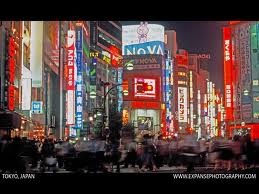 In the physical world, visually noisy environments are common. Some cultures enjoy or at least live in a stimulating visual landscape, be it on their screens or in/on the real world. I recall there being more visual noise in Asian urban landscapes than I am accustomed to. I prefer the work of designers that hide or disguise the clutter in every day life. Take, for example, power and telephone lines. For a variety of reasons these are above ground in some parts of the world and below in others.
In the physical world, visually noisy environments are common. Some cultures enjoy or at least live in a stimulating visual landscape, be it on their screens or in/on the real world. I recall there being more visual noise in Asian urban landscapes than I am accustomed to. I prefer the work of designers that hide or disguise the clutter in every day life. Take, for example, power and telephone lines. For a variety of reasons these are above ground in some parts of the world and below in others.
I prefer a visually "simple" world. Blocks of uniform or lightly textured surfaces: the sky, the water of lake Geneva, even skyscrapers.
Why would the same algorithms and systems used to attach additional information to the real world not also be useful to reduce information? Power and telephone lines could "disappear" from view, as would graffiti and trash.
There was a poster at ISMAR2010 that demonstrated the "reduction" of reality using a mobile device to cover/camouflage a QR code in a photograph. By sampling from the background in the immediate proximity and tiling the same pixel colors and textures over the marker, there was a sense of continuity, the marker disappeared. Unfortunately, the specific project and references made to it are difficult to find but I hope to see more of this in the next ISMAR event in Basel.
